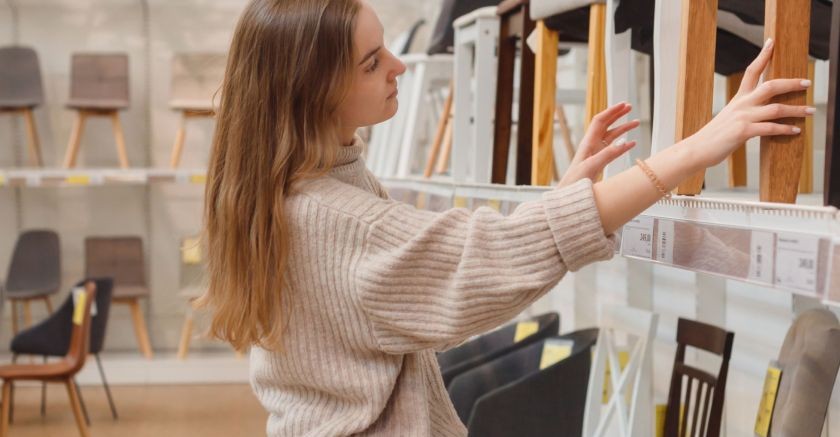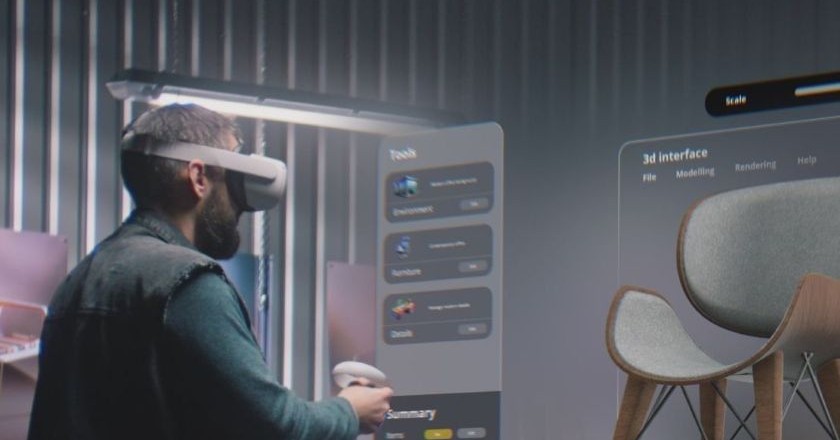Managing a furniture store involves a lot of moving parts: keeping a close eye on costs, making sure your stock matches what customers want, and finding ways to increase profits without adding extra work. And mistakes in pricing, ordering, or stock management can quickly cut into your bottom line.
Luckily, AI tools can help with all of that. Not by replacing you, but by providing clear insights and automating the time-consuming tasks. From predicting what will sell to adjusting prices and streamlining orders, AI makes it easier to grow your profits and run your store efficiently.
If you’re wondering how AI fits into your furniture store, you’re in the right place. We’ll walk you through practical ways AI can make a real difference, from managing stock to optimizing pricing and everything in between.
The Rising Influence of AI in Furniture Retail
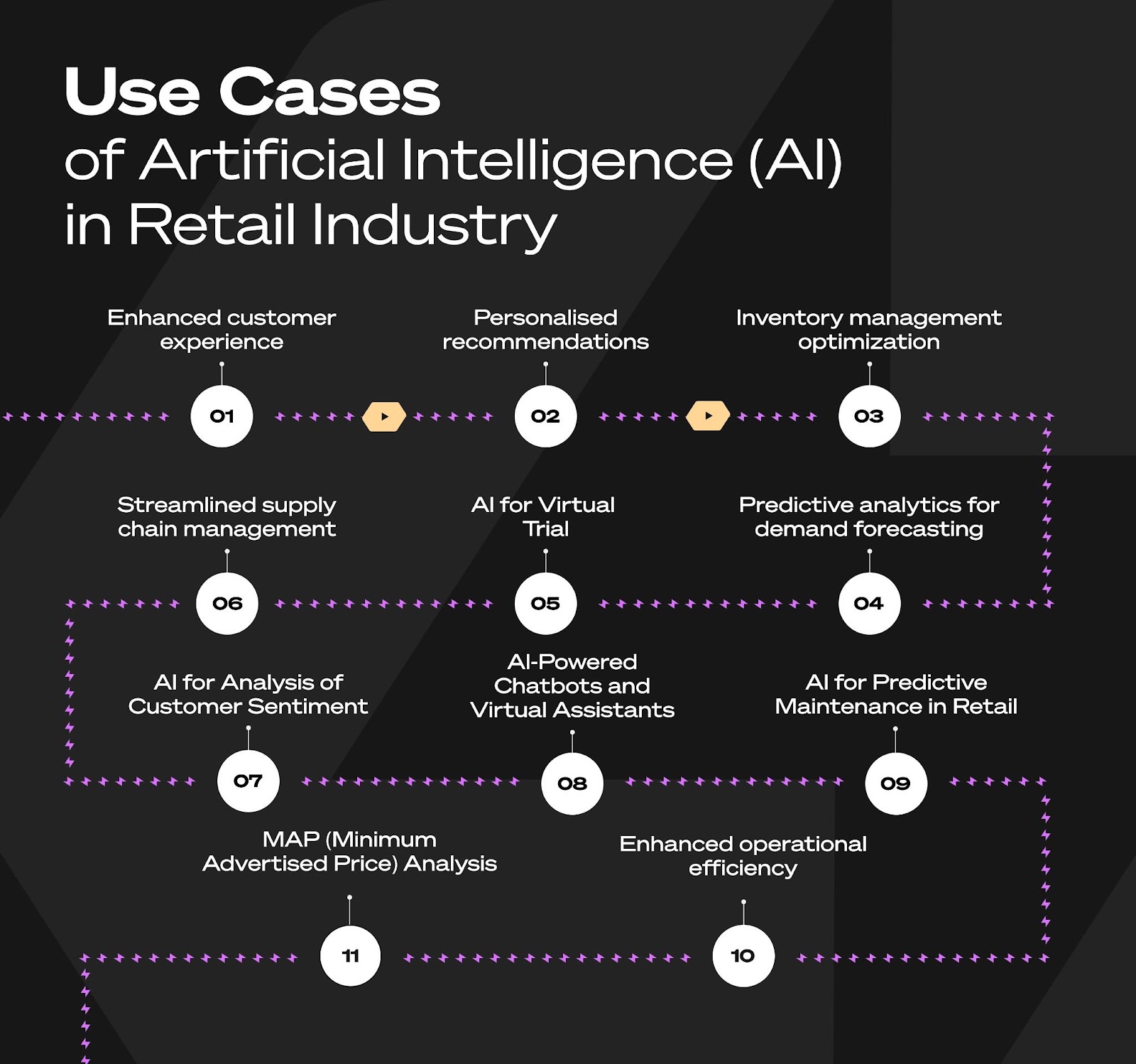
The impact of AI in retail is spreading fast. Let’s explore why it’s becoming impossible to ignore and how it can help with the everyday challenges your store faces.
Why Furniture Retailers Can’t Afford to Ignore AI
Furniture retail is tough. Margins are tight, customer expectations keep rising, and managing large, varied inventories across multiple sales channels gets complicated fast. In this environment, skipping AI means missing out on tools that can actually boost your profits and streamline how you work.
Instead of you or your team digging through spreadsheets and juggling data, AI in retail handles the heavy lifting. It watches sales patterns, tracks stock levels, and learns customer habits to help you make smarter decisions. Plus, it takes care of repetitive tasks, freeing your team to focus on running the store.
Customer expectations have shifted, too. People want fast, personalized service, whether they shop online or in person. AI helps by providing real-time inventory updates, predicting demand, and tailoring promotions, so you can meet these expectations without extra stress. If you don’t use AI, you’ll likely get left behind as competitors find smarter ways to run their stores and grow quicker.
How AI is Simplifying Day-to-Day Operations for Furniture Stores
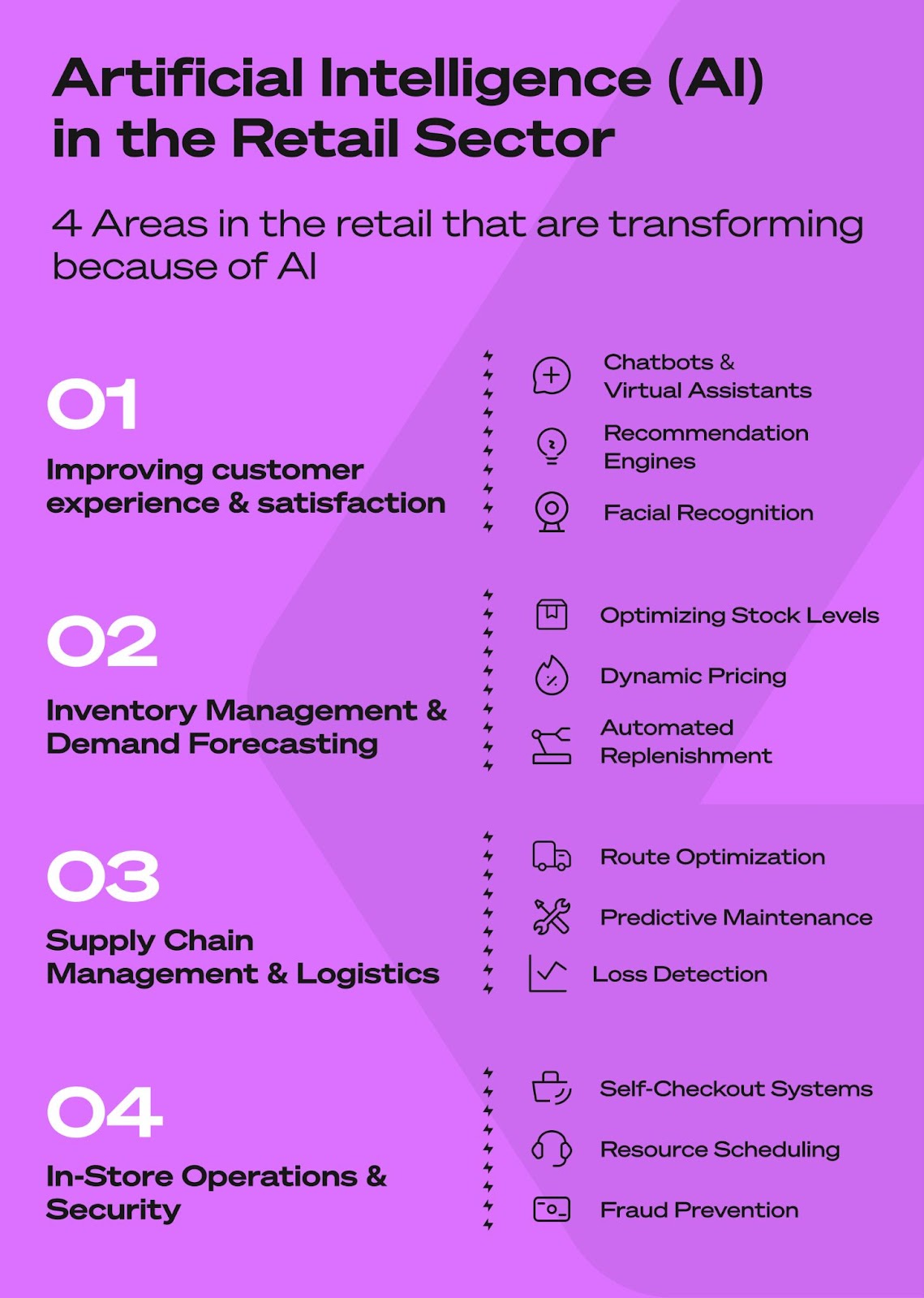
Running a furniture store comes with many daily challenges. Here are some ways AI in retail tools make everyday tasks easier and more efficient:
- Real-time stock updates: With AI constantly monitoring your stock, your staff can trust the numbers they see and avoid overselling. This helps keep the customer experience smooth and reliable.
- Automated order management: AI watches your stock levels and places reorder requests automatically when items run low, so you don’t have to keep an eye on everything yourself. This helps you avoid empty shelves and lost sales.
- Improved response times: With AI delivering up-to-date data, your team can confidently answer customer questions and provide helpful advice on the spot.
- Demand forecasting: AI analyzes past sales and trends to forecast which products will be in demand, helping you prepare stock and staff ahead of time.
- Clear insights: With AI handling your reporting, you spend less time gathering data and more time using it to make smarter decisions.
AI-Powered Inventory Solutions Every Furniture Store Needs
Keeping your stock balanced can make or break your store. Let’s look at the specific ways AI-powered tools can help furniture stores manage their stock better.
Smart Inventory Management
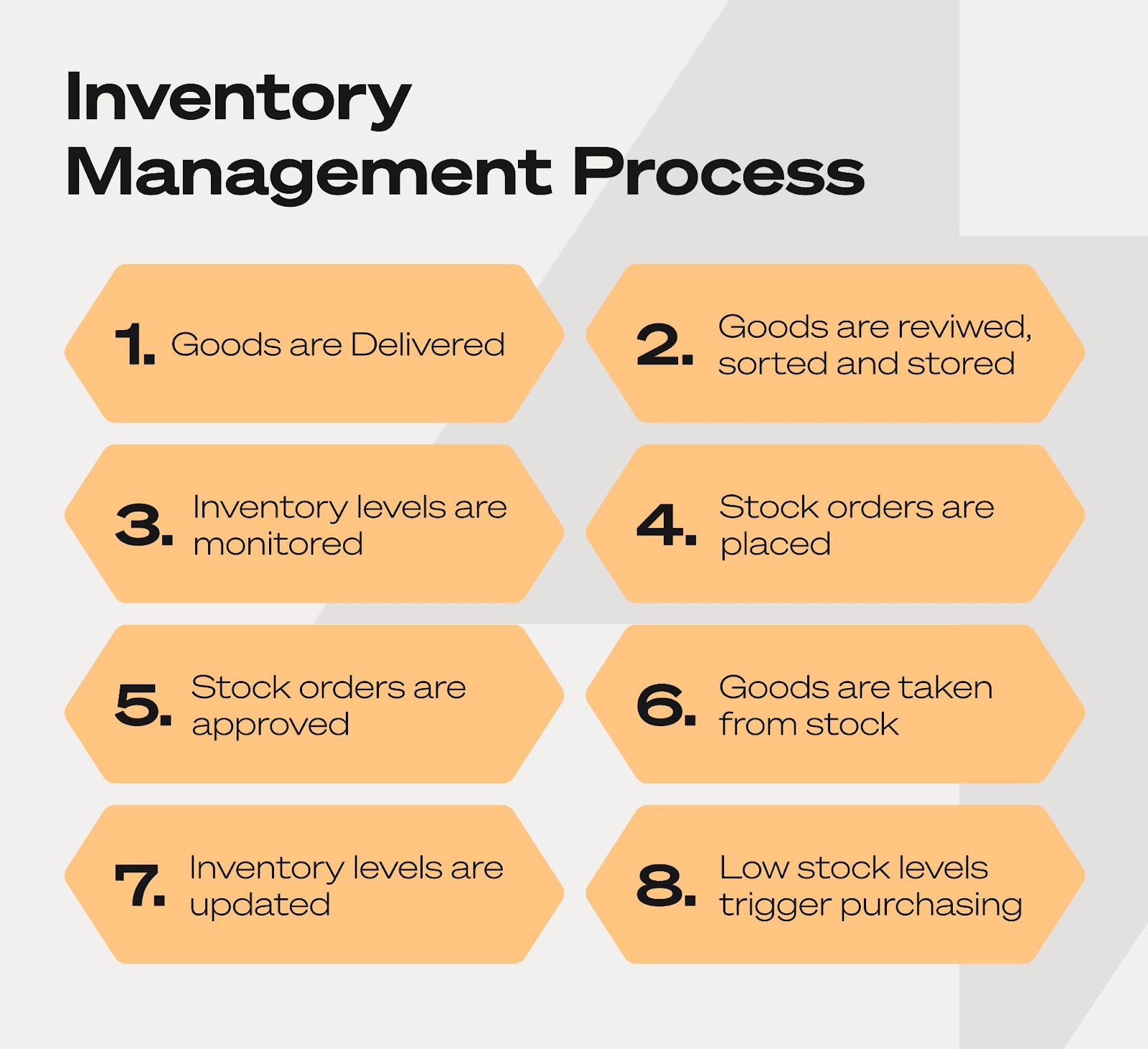
Managing inventory in a furniture store requires a clear, up-to-date picture of what’s in your warehouse, on your showroom floor, and available online. You need to track not only how much stock you have but also which items sell quickly and which stay on the shelves longer. Knowing these details helps you avoid running out of popular pieces or being stuck with slow-moving stock that ties up space and cash.
AI in retail tools analyze your sales data in ways that would take hours or days if done manually. They can spot patterns across product categories, customer buying habits, and even regional preferences that aren’t obvious at first glance. For example, AI can help identify that a certain style of sofa sells better during particular months or that some colours are more popular with specific demographics. This level of visibility helps you plan your inventory more precisely and avoid costly overstock or shortages.
Beyond just spotting trends, AI for inventory management tools like STORIS can also help you test different strategies by simulating how changes in pricing or promotions might affect sales. It can recommend when to push certain products with targeted discounts or when to hold back inventory for higher-margin sales. These insights give you the ability to keep up with shifting demand and market changes, helping your store sell more and keep customers coming back.
AI-Powered Predictive Analytics for Inventory and Sales
Predicting what customers will want next isn’t easy, especially with furniture’s many styles, sizes, and seasonal trends. AI-powered predictive analytics look at your past sales, local buying habits, and broader market patterns to provide a clearer picture of what to stock and when, helping you avoid running out of popular items or ending up with excess inventory.
By forecasting future sales, these tools let you prepare for busy seasons or slower periods well in advance. That way, you can manage ordering, staffing, and marketing more effectively to keep your store profitable and responsive to customer demand.
Automated Replenishment Systems
Ordering stock at the right time is one of the biggest challenges furniture stores face. Automated replenishment systems use AI to continuously track inventory levels and place orders automatically when stock runs low. This means you won’t have to keep checking your inventory manually or risk running out of popular items that customers expect to find.
AI for inventory management tools don’t just reorder based on fixed thresholds—they look at past sales, seasonal trends, and supplier lead times to adjust order quantities intelligently. That helps prevent overstocking items that sell slowly and keeps your cash flow healthy. You get what you need, when you need it, without overcommitting.
Automating your replenishment process also cuts down on mistakes caused by human error, like missed reorder points or wrong quantities. It frees your team from time-consuming tasks, letting them focus on customers and store operations.
Strategies to Boost Your Furniture Store’s Bottom Line
If you want to make your store more profitable, you need a solid plan that covers pricing, inventory, and sales trends—not just hoping for the best. Here are some practical ways to do that.
Dynamic Pricing
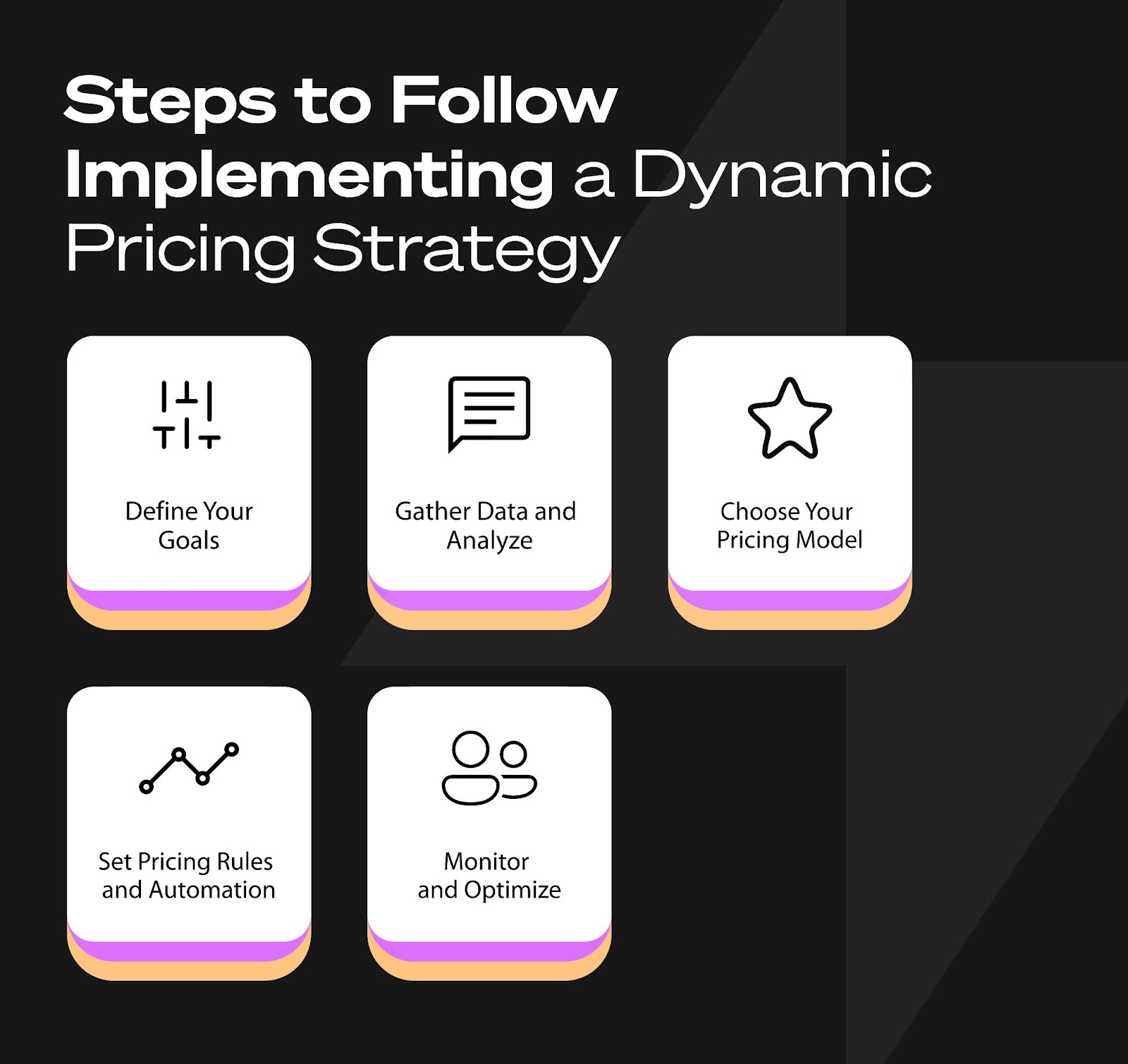
Dynamic pricing lets furniture stores adjust prices based on factors like demand, seasonality, and competitor pricing. Unlike fixed pricing, this approach helps you make the most of busy periods by increasing prices when demand is high, and moves slow-selling items faster with discounts. It’s not about constantly changing prices to confuse customers; it’s about being smart with pricing to protect your profits and clear inventory efficiently.
Using AI-powered tools, you can monitor sales trends in real time and get suggestions on when to raise or lower prices. For example, if a particular sofa model is flying off the shelves, dynamic pricing can help you increase the price slightly to boost margins without turning away buyers. Conversely, if an item isn’t selling as expected, the system can recommend a discount or promotion to free up space and cash. This flexibility helps you stay competitive and respond quickly to market changes without guessing.
Optimizing Inventory and Preventing Overstock
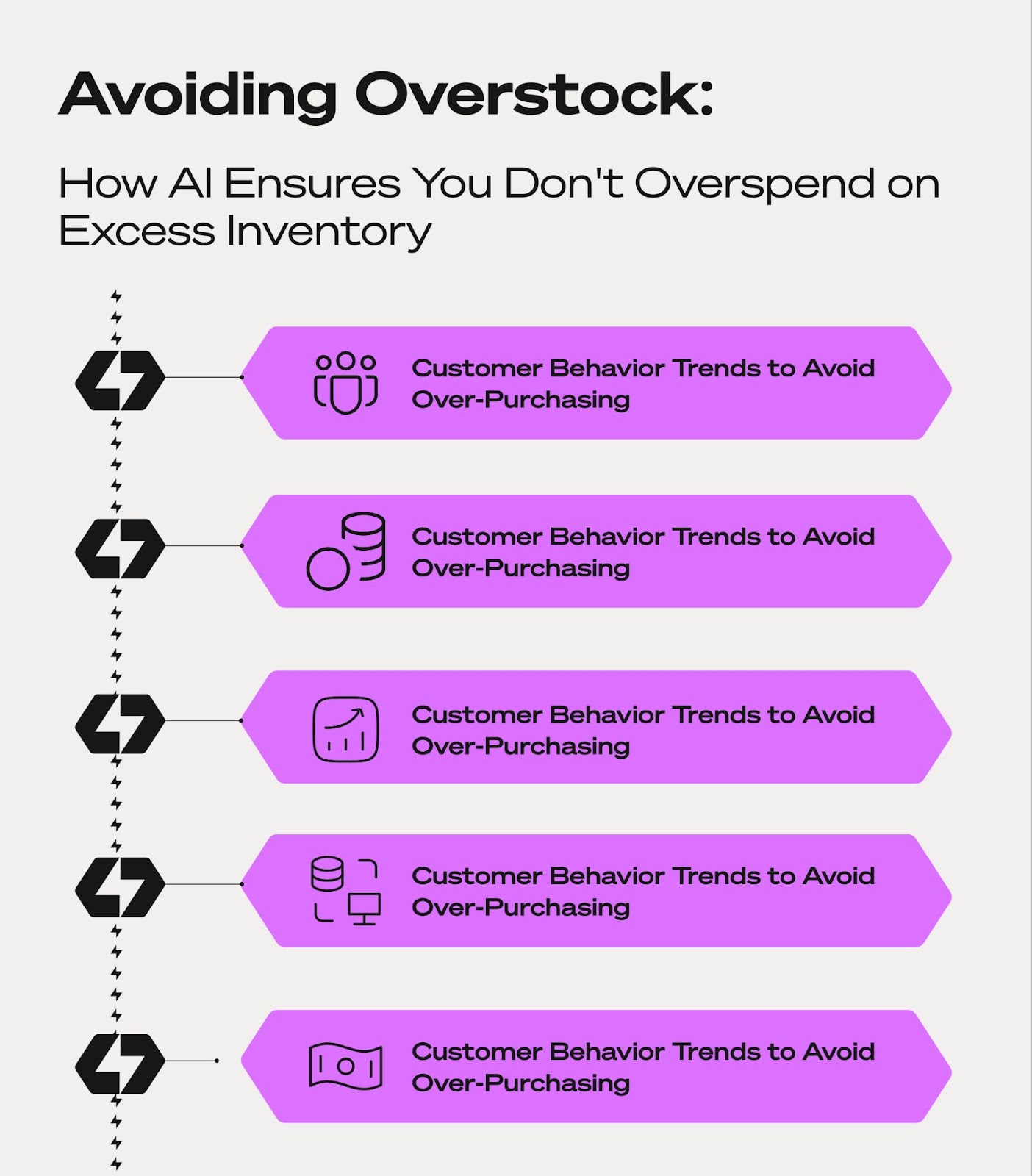
Keeping your stock balanced is tough, especially when you’re trying to avoid overbuying or running out of bestsellers. Overstocking ties up cash and fills your warehouse with items that just sit there, while understocking means missed sales and frustrated customers. AI tools help by analyzing sales data and inventory levels to identify which products you should reorder, and which ones you might want to hold off on.
AI for inventory management systems track how fast items move and how often they sell, helping you spot slow movers before they become a problem. By predicting demand more accurately, you avoid piling up excess stock that eats into your profits. This kind of inventory optimization means you spend less on storage and reduce markdowns, while still keeping enough popular items in stock to satisfy customers.
AI-Driven Sales Forecasting
Sales forecasting is tricky—no one can predict exactly what will sell and when. AI in retail takes your past sales data, current trends, and market signals to make predictions about future sales more reliable.
These predictions help you decide when to order stock, schedule staff, or run promotions. Over time, these forecasts get more accurate by learning from your store’s own sales history and local market changes, helping you make smarter choices that protect your profits.
Using AI Tools to Improve Your Inventory Efficiency
Keeping your inventory running smoothly takes a lot of time and attention. Using AI tools that handle the repetitive parts can free up your team and cut down on mistakes.
Evoneer’s Store Assistant AI connects directly with your existing systems like POS and ERP, bringing all your inventory and sales data into one easy-to-access place. Instead of flipping through spreadsheets or switching between different software, your team can simply ask Evoneer for real-time updates on stock levels, product details, or recent sales—right from their phone, tablet, or computer.
This means faster answers, fewer mistakes, and less time spent on manual tasks that slow your team down. By making information easier to get, Evoneer's AI assistant helps your staff stay organized and focused on serving customers, not chasing down data. For furniture stores looking to keep their inventory accurate without adding complexity, Evoneer offers a straightforward and practical way to get it done.
Getting AI Up and Running in Your Furniture Store
Implementing AI can seem like a big change, but it’s simpler than it sounds. Let’s take a look at the challenges you might face and the simple steps you can take to make the transition smooth and effective.
Overcoming Challenges in AI Adoption
Getting started with AI in retail can come with some bumps along the way. Here are common challenges furniture stores face when adopting AI, and practical ways to overcome them:
- Staff resistance: New technology can feel intimidating at first. Getting your team involved early, offering hands-on training, and showing how AI makes their jobs easier can help ease the transition.
- Data quality: AI works best with clean, accurate data. Take time to organize and verify your existing information before integrating AI tools.
- Integration with existing systems: Connecting AI to your current systems might sound complicated, but choosing tools that fit your existing setup can smooth the process. Look for tools that work well with your current systems and get support from vendors as you get started.
- Cost concerns: Budget concerns are normal. Start with AI features that deliver quick results and add more as you go.
- Overwhelming options: With so many AI solutions for furniture stores, it can be difficult to figure out where to start. Focus on tools built for furniture retail and pick the ones that address your biggest challenges first.
Simple Steps to Integrate AI into Your Store
Starting with AI is easier when you follow a clear plan. Here are some steps to guide you through the process and help you get the most out of your investment:
- Assess your needs: Start by figuring out which parts of your inventory and sales process could benefit most from AI. Focus on pain points like stock tracking, order management, or demand forecasting.
- Choose the right tools: Look for software that feels easy to use and solves the real problems your store faces, rather than trying to do everything at once.
- Start small: Begin with a couple of AI features that show quick results. This way, your team can get comfortable without feeling overwhelmed.
- Monitor and adjust: Keep an eye on how the AI tools perform and gather feedback from your team. Use that information to fine-tune settings or expand AI use in other areas.
Final Thoughts
Introducing AI in retail might seem daunting at first, but with the right tools and a clear plan, getting started and seeing real benefits is easier than you think. AI solutions for furniture stores, like Evoneer’s Store Assistant AI, can seamlessly fit into your existing setup, helping your store stay organized and responsive without adding extra complexity.
If you’re ready to improve your operations and boost your profits, embracing AI is the practical next step. Start small, focus on the areas that matter most, and build from there. The future of furniture retail is already here—make sure your store is part of it.

.png)







